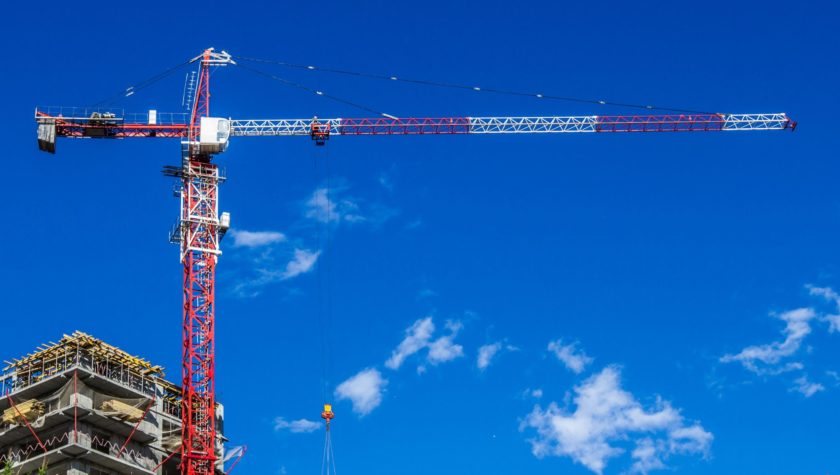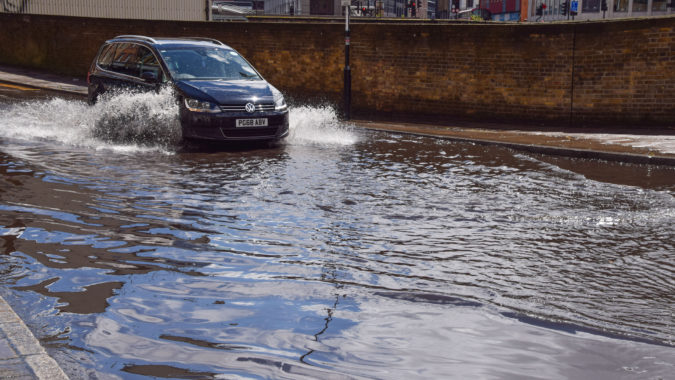“Pale, male and stale” is a phrase attached to many industries – but few more so than those in the infrastructure sector. The challenge for leaders in the field is clearly to encourage people from more diverse backgrounds to join these professions, but also to ensure these voices are heard far more frequently. To that end we at the National Infrastructure Commission have made concerted efforts to engage with a wide a range of stakeholders – but like many organisations in infrastructure, in the public sector and more widely, there is always more to do.
Three years ago, we started our work towards delivering the National Infrastructure Assessment – the first ever for the UK, and the first in terms of scope and scale for anywhere in the world. With no blueprint to follow either here or internationally, we took new and innovative approaches in the way we conducted our analysis, by launching initiatives like our Roads for the Future competition, and through our use of expert panels and social research. But at the heart of this was also a wider objective: to look beyond the “usual suspects” in the infrastructure world, and to ensure we heard from as broad and diverse a range of perspectives as possible.
To do this, we worked closely with organisations Britain Thinks and Ipsos MORI to gauge public opinions on infrastructure, and held an event with Sustainability First to find out about the consumer perspective – particularly from Millennials and older people. We also tried to ensure that our events included a diverse range of industry stakeholders, including attracting more women delegates to attend, and stipulating that there would be no all-male panels.
With our second National Infrastructure Assessment due in 2023 we are conducting a lessons-learned review of how we completed our first, to see how we can do things differently the next time around – including examining how we fared in reaching a diverse audience for their views. The results are chastening. Despite our best efforts, only one in five attendees at our events were women – nowhere near good enough. And although clear statistics are not available, our experience also showed that we faced difficulty in hearing the views of younger people, those with disabilities and people from BAME backgrounds.
We have made some steps internally. For example, I’m proud that we have established a Young Professionals Panel, which after making a concerted effort is more than 50 per cent female – although conversely BAME representation is not what it should be. We have also introduced a policy that no member of the National Infrastructure Commission – whether it be our chairman, one of the Commissioners or a member of our Secretariat – should appear on diversity-free panels. And we are looking at working with some of the diversity-focused groups in the infrastructure sector to run stakeholder events targeting specific groups. But I am keen that we do even more.
It was therefore interesting, informative and a privilege to be one of the few male speakers at an event hosted last week by the Westminster Energy, Environment and Transport Forum on increasing the role of women across the infrastructure industry, through recruitment, career progression and female representation in leadership roles. The debate that ensued showed that the National Infrastructure Commission is not alone in facing this conundrum, and in confronting the challenge of how best to solve it.
For us, we still need to keep looking at how we operate to ensure that our recruitments are as free from bias and our working culture is an inclusive as possible, but we also need to make full use of our external voice. As an independent adviser to the Government on infrastructure matters, I’m keen that as well as making changes in-house, we also provide a platform to raise the profile of diversity. We are considering how that may happen, whether online through our website and social media channels, through our events, our contacts in the industry or at speaking events.
I was pleased to hear the range of views at last week’s event – and I’m keen to hear more. In particular, I want to make sure that whatever approach we take looks at gender equality, but also other aspects of ensuring diversity, such as ethnicity, the age of participants and ensuring the views of people with disabilities are represented. I am confident that those across the infrastructure sector recognise the important work that has to be done to improve diversity – and I want the National Infrastructure Commission to be a part of that wider effort, and to help raise the profile of this important issue.




